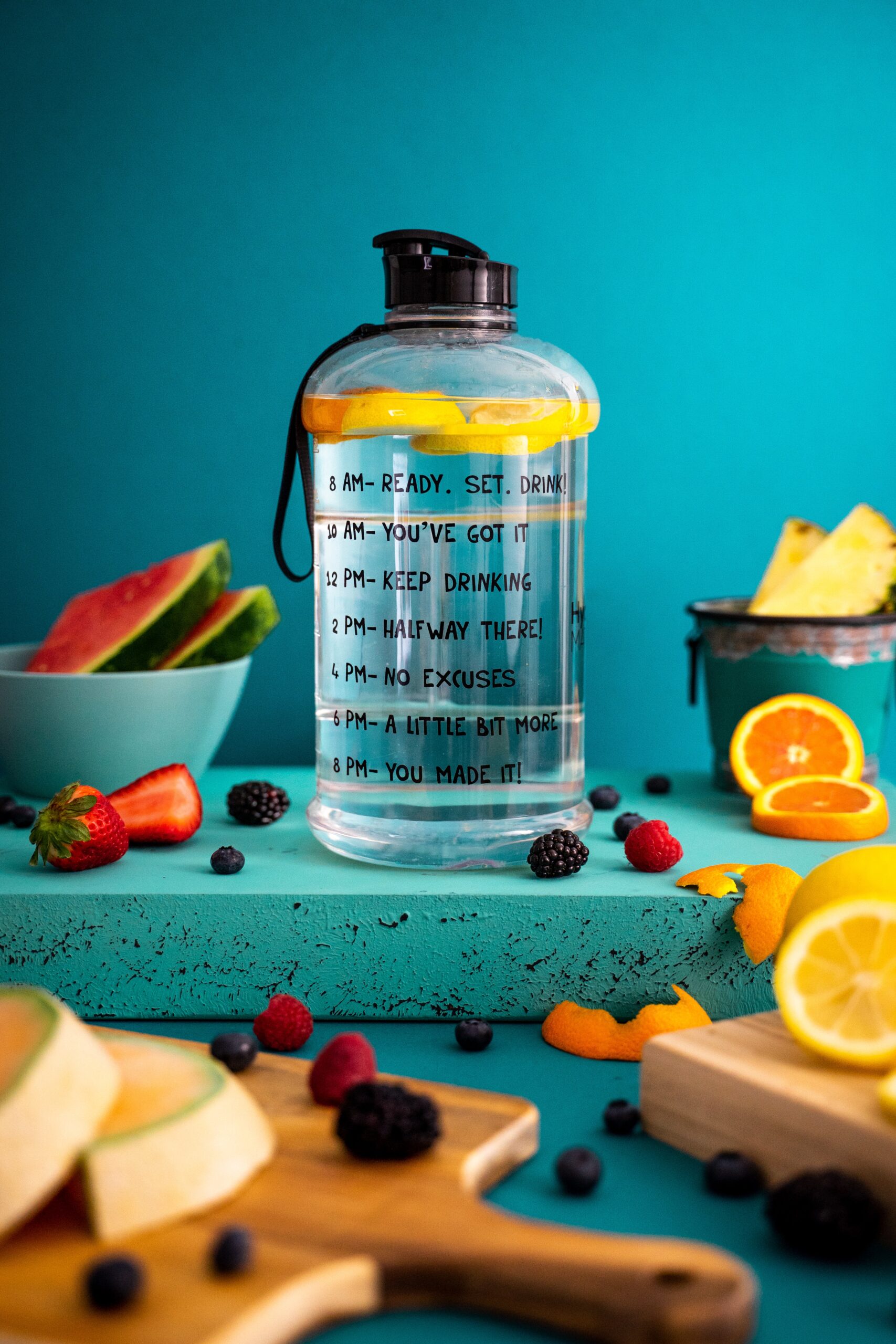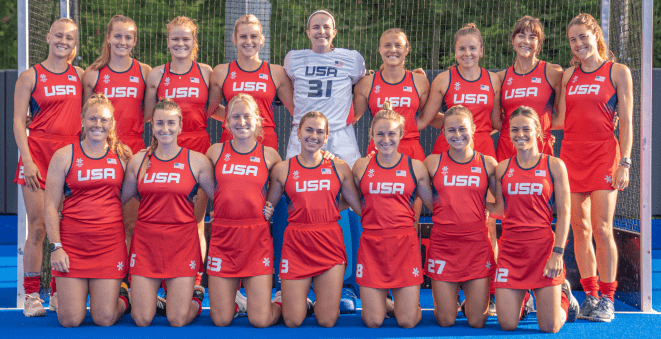Do you ever wonder about hydration hacks?
In recent weeks, I’ve had two sports professionals tell me, “If your legs cramp, just let me know and I’ll give you a spoonful of mustard.”
Mustard?
I’ve heard that “a spoonful of sugar helps the medicine go down,” but I’ve never heard mustard makes the leg cramps go away.
I reached out to Penn State Health to ask an expert. Here’s what Dr. Jessica Butts, family and community medicine and primary care sports medicine physician at Penn State Health, had to say.
What are creative ways to stay hydrated as the temps climb hotter?
“Ultimately, drinking fluids, particularly water (flat or carbonated is fine), is the most effective way to stay hydrated. Other fluids such as electrolyte drinks also count towards fluid intake.
However, selectively choosing foods with a higher water content can support and help maintain adequate hydration. These foods include melons such as watermelon, honeydew and cantaloupe as well as tomatoes, cucumbers, strawberries, lettuce, celery and bell peppers.
Alcohol is dehydrating.”
What are ways to try to get rid of leg cramps?
“Tips for reducing or managing leg cramps include staying hydrated and stretching. Massage or a hot bath before bed can help reduce nocturnal leg cramps. Certainly, electrolyte deficiencies can lead to muscle cramping. However, a well-balanced diet and good hydration are typically enough to prevent clinically significant deficiencies. There is no consistent evidence for mustard or pickle juice, but anecdotally many people report good response to these remedies.”
Do you know of any data that shows females and males hydrate similarly or differently? And, if so, what does it say?
“While men carry more total body water – theoretically because of more muscle mass – there is no definitive evidence that women need to hydrate differently than men.”
Is there anything else athletes, or people in general, should know about trying to conduct high-performance training, or outdoor activity, as the summer heat kicks in?
“Urine color is the easiest way to assess hydration status. Urine should be clear to light yellow. Dark urine is an indicator of suboptimal hydration or dehydration. Inadequate hydration can negatively impact performance. Often during endurance events we advise drinking for thirst.
In general, a good rule of thumb is a daily fluid intake goal of ½ to 1 full oz of water per pound total body weight up to about 100-120 oz of water per day. However, athletes in high-performance training will need more.
Athletes who sweat heavily or have a high salt-content in their sweat, will need to include electrolyte drinks in their fluid intake. Trying to time your outdoor exercise bouts to early in the morning or late in the evening is important to avoid the heat of the day. Otherwise, exercising in a temperature-controlled environment is ideal, if possible.

Cool, moisture-wicking clothing can help dissipate heat and sunscreen is important. Not only does sunscreen protect you from sun damage, but sunburns can also increase risk of dehydration.
Anyone who spends time in the heat, particularly athletes who are exercising in extreme temperatures, should be aware of signs and symptoms of heat exhaustion (muscle cramps, exhaustion, tired or weak, clammy/sweaty, fast pulse, dizziness, headache) or heat stroke (elevated body temperature; hot, red dry/damp skin; fast, strong pulse; headache; dizziness; nausea and/or vomiting; confusion; loss of consciousness) which may be life-threatening.”
Jana Benscoter is the Founder and President of Female Athlete News.




